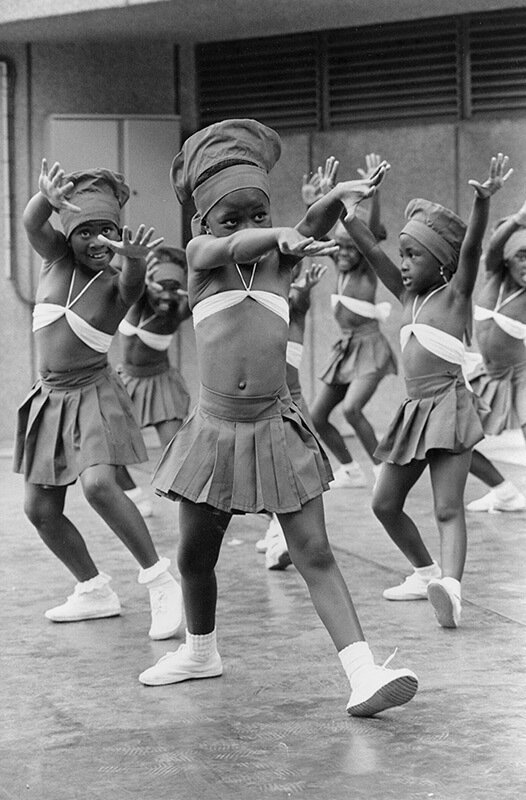African Women Photographers & Filmmakers in Herstory: Reversing the Erasure (Part 1)
By Ethel Tawe for Feminist
The earliest photographic record in Africa began around 1863, yet women image-makers have largely been left out of the canon. When access to the camera expanded, postcolonial pioneers like Malick Sidibe, Seydou Keita, and Ousmane Sembene, became highly regarded within the ‘golden age’ of African photography and film.
However, who were their female contemporaries?
AND who came before them?
Colonial photography was a tool of empire, occupied with the production of propaganda from a predominantly white male gaze.
African women were disproportionately subjected to this gaze, the Black female body was notoriously on display, fixed within gendered, racial and tribal categories.
As these women began to access the camera, they propelled the quiet acts of subversion displayed in the bodies of earlier subjects. Style, pose, cloth, hair, and body language were tools of resistance, employed and read throughout the archive.
African women shaped images beyond the camera. However, rarely do we hear of the ones who commanded the camera. It was not until the early 2000s that African women gained formal recognition in the industry.
While the camera slowly democratized the representation of Black African people on the continent, there were many setbacks.
In 1934, the French government passed the Laval Decree to prevent cinema from spreading subversive or anti-colonial messages. It was a law controlling motion pictures filmed in French African colonies, restricting African filmmakers from filming in Africa until it was overturned in 1960.
The French understood the power of cinema and photography in shaping our imaginaries, and used it to reinforce pseudoscientific colonial experiments.
‘Children Dance, Soweto Dance Group’ © Ruth Motau
© Safi Faye. During the shooting of "Me, Your Mother"
How do we liberate and decolonize the archive?
How do we write about these women without reducing complex nuances and the unknown?
How is our history-making today expansive and intentionally amplifying the contributions of women in lens-based practices?
What can we learn from this knowledge to contest histories of absence?
It is important to remember that while recorded history provides partial insight, there is a world of images and stories beyond the archive.
As African artists create today, it should come with an understanding of a legacy of hidden figures:
Women pioneers who defied the odds and shaped an ever-evolving African female gaze.
STAY TUNED FOR A LIST OF AFRICAN WOMEN PHOTOGRAPHERS & FILMMAKERS IN HERSTORY.
Article adaptation originally published on ContemporaryAnd.com
ABOUT THE AUTHOR
Ethel-Ruth Tawe (she/her) is a Cameroonian multidisciplinary artist, editor, and creative consultant, exploring African identity and diaspora cultures through visual storytelling. Her practice examines Africa’s ancient futures from a magical realist lens. Image-making, storytelling, and time-travelling compose the framework of her inquiry. Ethel holds an MSc in Development Studies from SOAS University of London and a BA (Hons) in International Human Rights with a minor in Art History & Criticism.
Read more by Ethel Tawe and Follow @artofetheltawe




